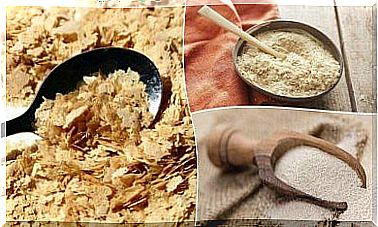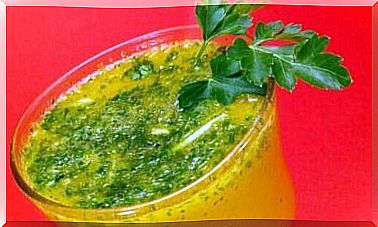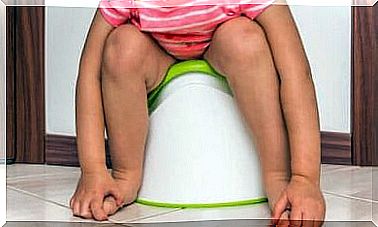Twelve Symptoms Of Damaged Gut Flora
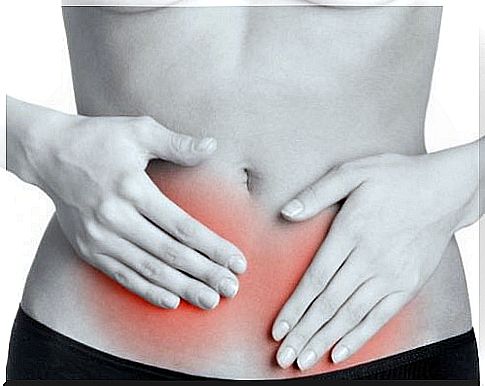
Other names are also used for the intestinal flora, such as the gastrointestinal flora or the microflora. It is a group of millions of bacteria that live in your body. These microorganisms can be fungi, yeasts, bacteria and even viruses. But you don’t have to worry about this. These bacteria are anything but harmful. For they provide the body with a multitude of benefits. Their balance is directly related to the health of each individual and there may also be a damaged intestinal flora.
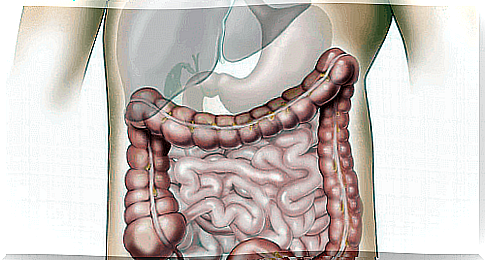
It’s actually hard to believe. But the mucous membranes of the stomach and intestines can have an area between two hundred and eighty and three hundred and seventy square meters in adults.
For that reason, the incredible number of microbiomes in the human gut is still reasonable. There are 100 billion bacteria in the gut. Five hundred to a thousand different species are distinguished.
Your gut depends on a complex structure that has several functions. Its purpose is to recognize and absorb the components that you introduce into the body through food.
In other words, the intestines of the human body are an important bridge between the external and internal environments. That’s because it performs two important tasks.
- They process food through digestion. At the same time, they absorb the nutrients that support and strengthen the body.
- The intestinal structure also functions as a kind of sensor system, as it were. It determines which external elements are benign or malignant to the body.
When components are recognized as nutrients, the body absorbs them. But when the body detects an attack, it activates its defenses and rejection systems. In this way, the intestines defend the body.
The metabolism
The flora takes up the substrate. It does this through a large amount of enzymes.
This then ensures that you get energy from your food. Because it stimulates the absorption of calcium, magnesium and iron.
It works protectively
The intestinal flora offers several benefits. One aspect is that this microflora defends the body.
After all, they build up a kind of boundary layer in your gut. This will then slow the growth of harmful or foreign bacteria.
Theoretical explanations:
Among other things, the bacteria in the stomach and intestines control the growth of a number of cells that line your internal cavities, organs and other tissues. They also ensure the diversity in these cells.
- In addition, they play an important role in the development of the immune system.
- It also determines the occurrence of problems such as allergies, intestinal diseases, cancer, diabetes or obesity.

Based on a few symptoms you can determine that something is wrong with your stomach and intestinal flora.
These are the most important signals:
- A bloated feeling in the abdomen.
- Constipation.
- Frequent diarrhea.
- The stool has a bad smell.
- Gas, flatulence.
- Abdominal pain, cramps and pain in the intestines.
- More infections.
- Digestive and intestinal problems.
- A white coated tongue.
- Intolerance to certain foods.
- Irritable bowel syndrome.
- joint pain.

How can you ensure that your intestinal flora is in good condition? It is very important that you take a few simple steps. Here are some easy ways to go about it:
- Eat food in hygienic places.
- Prepare your food properly.
- Wash foods before eating them.
- Follow a diet that is high in fiber. Be sure to add grains and vegetables as well.
- Avoid consuming too much sugar or refined carbohydrates.
- A good way to eat is slowly and with breaks. Chew the food well so that your body can process it well.
- Eat the following foods regularly: yogurt, dairy products, probiotics, and prebiotics. Because this food contains live bacteria. They promote the growth of good bacteria.
- In addition, try to eat less animal fats.
- Also be careful when using medication that contains antibiotics. Because antibiotics remove bacteria without distinguishing between the good and the bad species.
to damage?
Here we give you a brief overview of the most common factors. For that will help you identify those aspects. That way you can avoid or prevent them.
- Oral medication.
- stress.
- Chemical based laxatives.
- Digestive disorders.
- Poor dietary habits that contain a lot of fat, meat and refined sugars.
- Too much tobacco and alcohol.
- Intense feelings.

Several foods can help you restore your damaged gut flora. We give you some examples:
- Yogurt
- Oatmeal
- dark chocolate
- Honey
- Cheese
- Goat cheese
- Ginger
- Lean proteins
You can also take nutritional supplements at the same time. They are also sold in health food stores.
However, before eating these foods or taking these supplements, we recommend that you consult a specialist. He can steer you in the right direction.
We conclude with this conclusion. There is a huge amount of bacteria in the intestines of the human body. They keep the host’s body in balance and working. This means that the bacterial dynamics directly affect the body.
In other words, your health and well-being depend on whether you can restore your damaged intestinal flora.
That’s why we give you this advice: protect and take care of your intestinal flora by eating healthy!




